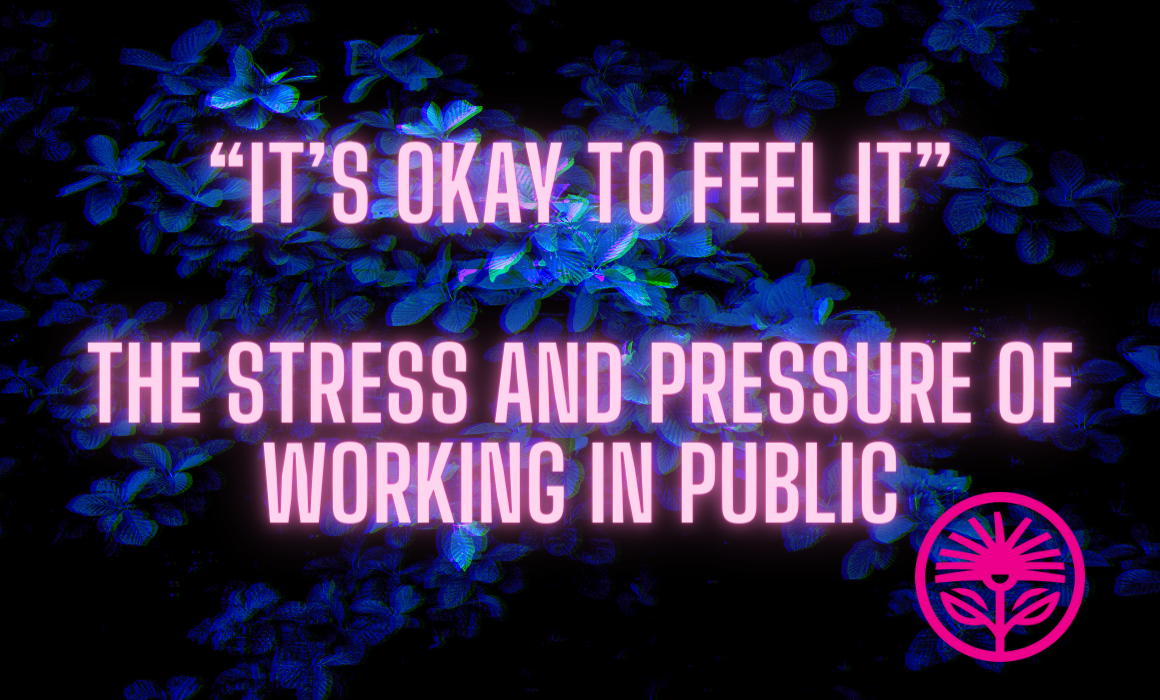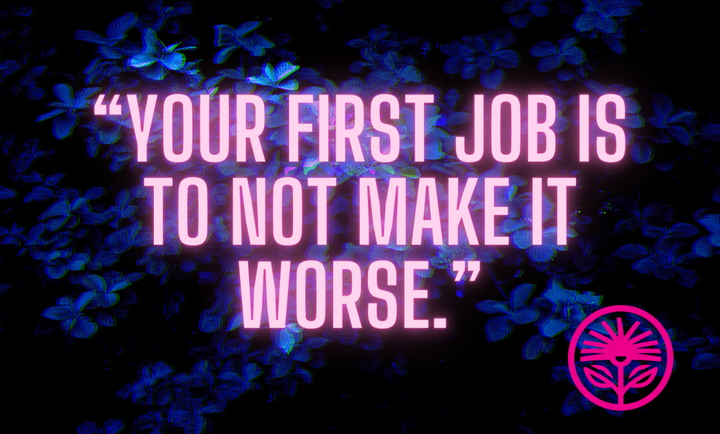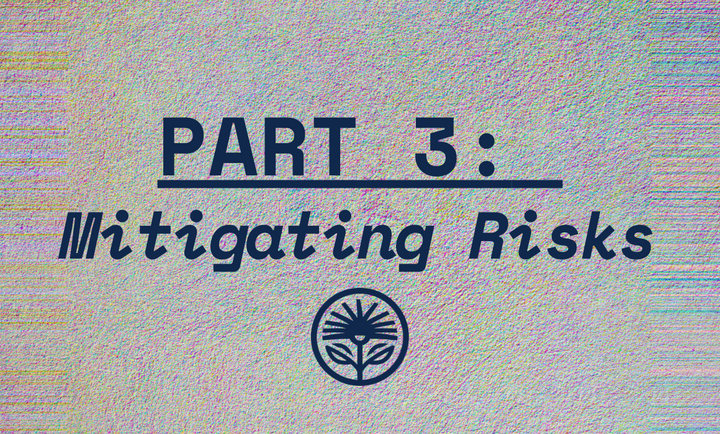Kelford Labs Weekly: The stress and pressure of working in public
So how do we handle stress and pressure and work at our best—and lead our teams at theirs—without burning out or burning bridges?

Businesses owners work in public.
Other people have to know about us, have to think about us, and have to talk about us for us to get their business.
That on its own is a type of pressure. All attention has a cost.
So how do we handle that stress and pressure and work at our best—and lead our teams at theirs—without burning out or burning bridges, especially when we face a crisis or emergency?
That was the topic of last week’s Kelford Inc. workshop, “Outer Crisis, Inner Calm” with Dr. Dan Dworkis, emergency physician and founder of The Emergency Mind Project.
This week, I wanted to share a little bit of what was covered and what participants learned.
If you’ve been feeling the pressure lately, I hope the below highlights from the session provide some helpful perspectives and techniques to take some of the stress off.
Part 1: Getting Started
First, what even is an emergency? Dan told us it contains five elements:
Impact—it has real life consequences.
Pressure—there is a mismatch between supply (of things like time), and the demands on us.
Uncertainty—there is an unknown problem or solution.
Complexity—there are many moving parts with unclear relationships.
Liminality—you’ve moved into a space you can’t easily move out of.
Dan reminded us that working under pressure is hard, “and it’s okay to feel it.”
Part 2: Leadership
“Leadership in the moment,” Dan said, “is to get the whole team operating at the same frequency.”
“Your role is more of a conductor, pulling each team member to the correct tone or note.”
And remember to ask questions of your team in the negative. Instead of asking, “Is everyone cool?” we can ask, “What am I missing?” or “What don’t I see?” or “Who disagrees with me?”
Part 3: Practices and Techniques
Because we can’t plan for everything in advance, we want to create structures for various contexts.
We were taught about “Reflex Packages,” the things you always do when a crisis occurs in that specific context.
This allows you “to use seconds to buy minutes.” We can sort through our common crises and emergencies and build the first steps to immediately take when it happens—and then we can practice, train, and improve those steps as a team.
As Dan said, “Agility isn’t moving fast, it’s the ability to gracefully pivot to the next thing.”
Part 4: Recovery and Growth
Finally, we talked about the importance of recovery and growth. We were reminded that “you can’t just always push.” We need to be able to rebound and recoil to effectively continue.
“It takes bravery,” Dan said, “to sit in the pocket and hold the right speed.”
On the importance of recovery after a crisis, we learned, “You’re not done until you’re ready to do it again.”
And you’re not ready to do it again until you’ve taken a breath, checked in with your team and yourself, fixed what isn’t okay, and then fixed any structural issues that were identified.
The stress and pressure of working in public can wear on us and our motivation to put ourselves out there and promote our value to our customers.
But by practicing these techniques, taking care of ourselves and our teams, and working to make incremental progress every day, we can keep doing what we love for as long as we want to.
You can learn more about Dr. Dan Dworkis and The Emergency Mind Project by visiting EmergencyMind.com.
If you’d like to sign up to receive notifications about upcoming workshops from Kelford Inc., just reply to this email and we’ll make sure you’re alerted.
The first five subscribers to reply will receive a copy of Dan’s excellent book, The Emergency Mind: Wiring Your Brain for Performance Under Pressure.



